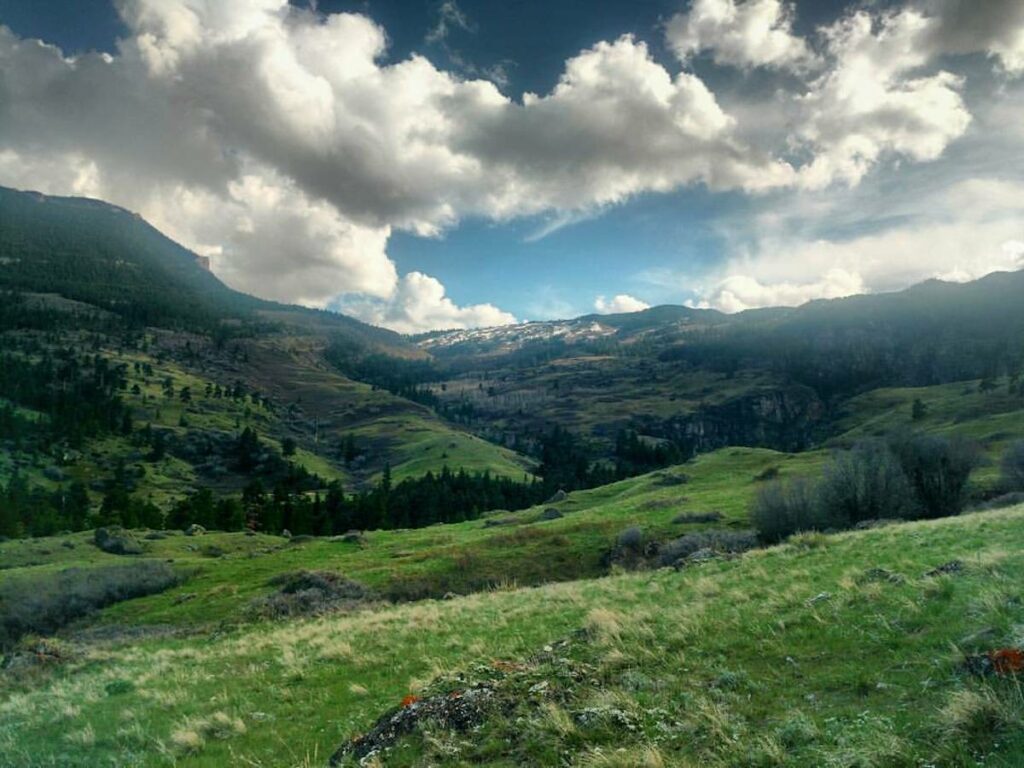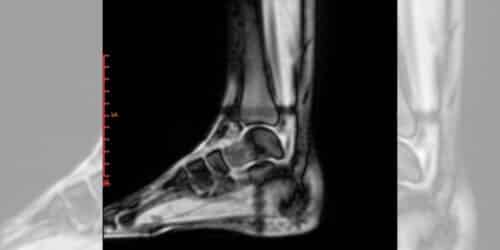How to handle yourself if you get lost.
I think we can all agree that getting lost is never the plan. In fact, the best thing to do is not get lost in the first place! This is done through proper preparation (check out my guide Adventure Ready for more), having navigational skills and tools, plus carrying the 10 essentials (see them here). But what should you do if you actually do get lost?
- Stop
- Eat/Drink
- Use your navigational tools
- Decide if you can retrace your steps accurately
- Contact Search and Rescue (if necessary/possible)
- Stay put and take care of yourself
The primary reason people get lost is because they have lost the trail…or lost the trail they were supposed to be on and no longer know what trail they are on. This frequently happens because of bad weather or poorly marked/overgrown tread. Again, preventatively taking your time at junctions to ensure you go the right way as well as knowing the forecast (and understanding what clouds are telling you) can mitigate some of these scenarios.
Once you realize you are not where you are supposed to be—or don’t know where you are at all—the most important thing to do is stop. Not a pause—a full, complete stop. It’s counterintuitive, because being lost or misplaced can lead to a feeling of panic and desire to move as quickly as possible toward a resolution. Unfortunately, when you’re lost, you probably don’t know where that is! The only caveat to this is if you are in an objectively dangerous location, such as on an unstable slope, or under a rock fall hazard. In this case, back up carefully to where you are outside of that hazard zone before stopping. Panic is the enemy. You must stay calm.
I personally always recommend that once you are stopped eat a snack and drink some water. Often, we stop thinking rationally when we aren’t taking care of ourselves and getting lost can trigger tons of adrenaline which in turn can mask our bodies signals of thirst and hunger compounding the problem. Depending on the severity of the situation, you may need those calories and hydration for what’s to come. However, don’t polish off your water in case you are without access to a source for a while.
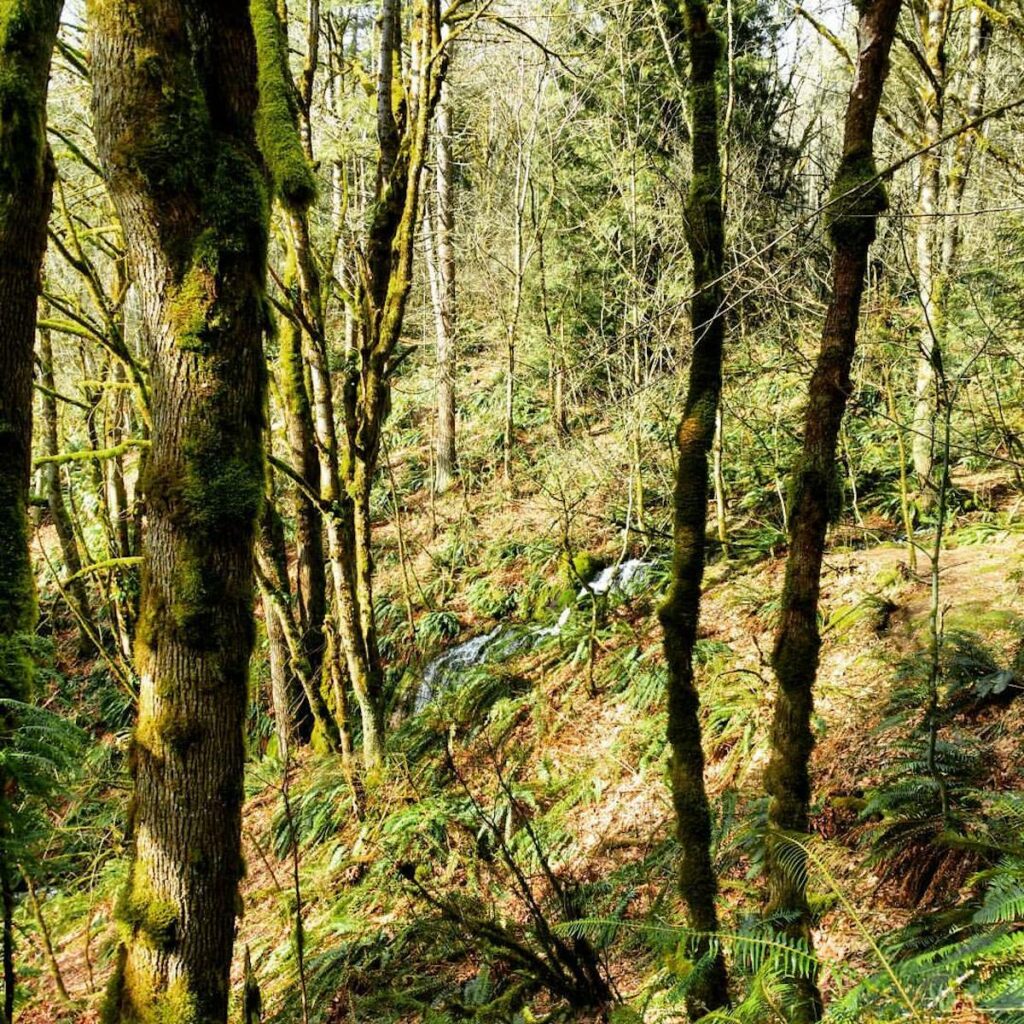
Once you’ve composed yourself by stopping, eating and drinking (and maybe practicing some deep breathing), take a look at your map (properly oriented with your compass) and/or GPS to determine your location and the location of your original objective. Hopefully using your navigational tools will show you a simple solution. Be mindful of trying to conform the terrain to the map to justify where you are, rather than matching the map to the terrain accurately. Forcing things to fit your expectation can lead to you getting even more off route.
Think about how you got to where you are and note whether or not you are on a trail of some sort. If you are on a visible tread, retracing your steps may be the simplest method for taking you back to the trail you are supposed to be on. Backtracking to the last known location is usually the safest and easiest way to get found, if possible. However, if you don’t feel absolutely confident that you can backtrack accurately you may wind up even more lost. It is never recommended to go cross-country to try to reconnect with the trail via a “short-cut” since you don’t know what might lie in between your location and your objective trail. There may be cliffs or other hazards that you cannot see and are not represented on your map.
If you are not on a tread of any sort and/or decide that you cannot accurately and safely retrace your steps (for example, you are completely off trail in thick forest and can’t determine which way you need to go) then you should attempt to get outside help. Ideally, you’re carrying a two-way correspondence satellite beacon such as the Garmin InReach, but if you have a cell phone with service you can use that too. However, a satellite-based system will be much more useful since it works anywhere. If you do not have cell service, turn your phone off to conserve battery in case you need it later.
Once you have contacted search and rescue, stay put. If you have a shelter, set it up and take care of yourself. If you’re carrying the 10 essentials you should have what you need to survive the night. The only caveat to this is that if you don’t have enough water, you can use your map and/or GPS to locate the nearest source and set up your camp near there if it’s a reasonable distance. Be certain to update search and rescue with your new coordinates.
Throughout your wait be sure to eat, drink, stay a comfortable temperature and dry. It can often take search and rescue many hours and even a day or more depending on the weather to find you. You need to take care of yourself so that you do not get into a dangerous state of hypothermia, dehydration, etc. prior to their arrival.
These steps assume you are not injured and that you have brought a satellite communicator. However, if that is not the case you may need to make some other choices. The old adage of following a watercourse downhill is very dangerous, but may potentially have an application in these scenarios. However, there is a very significant chance of you getting injured or inextricably lost should you employ this method so do not make the decision lightly. Moving farther away from where you lost the trail is always a dangerous choice.
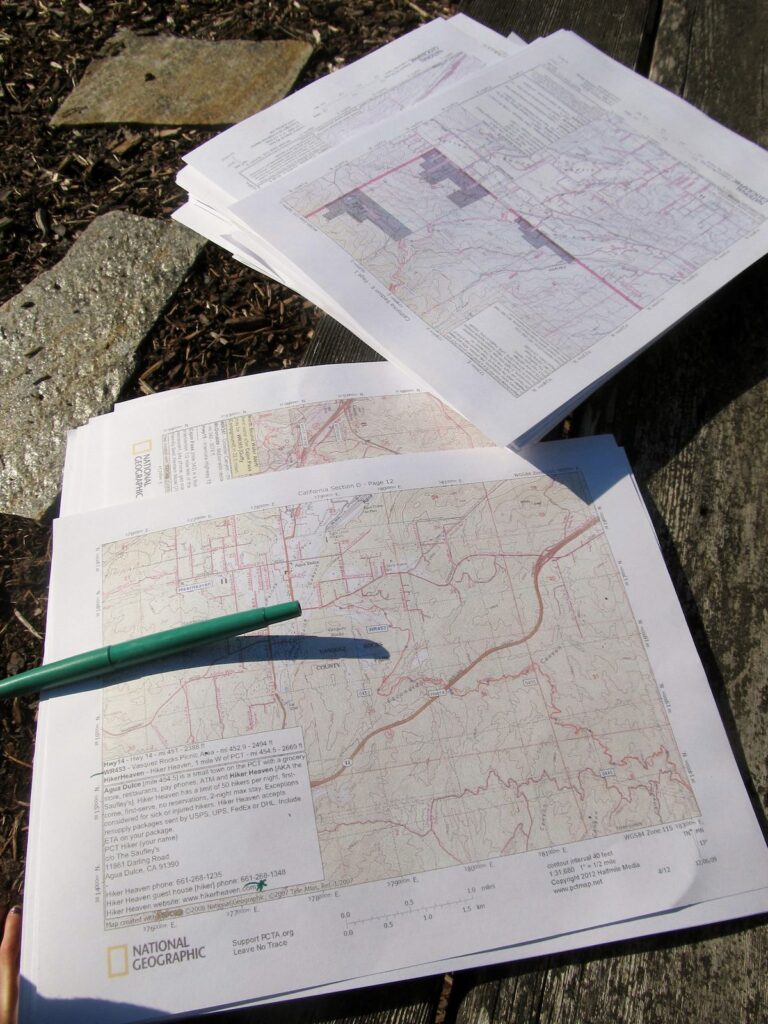
In addition to preparation and gear choices, always leave a detailed itinerary along with when to consider you overdue and who to call if you’re late in care of a trusted person. With this system in place, you are much more likely to be found when search and rescue personnel are dispatched to your itinerary, even if you were unable to contact them yourself. If you hear helicopters panning the area after your overdue cut-off, try to safely get into the open and signal them.
While these generally accepted guidelines are recommended procedure, ultimately, only you know the exact circumstances you find yourself in. Thus, you are the only one who can decide upon and follow through with a plan of action appropriate to your scenario.
Read more at https://www.fs.usda.gov/visit/know-before-you-go/if-you-get-lost



